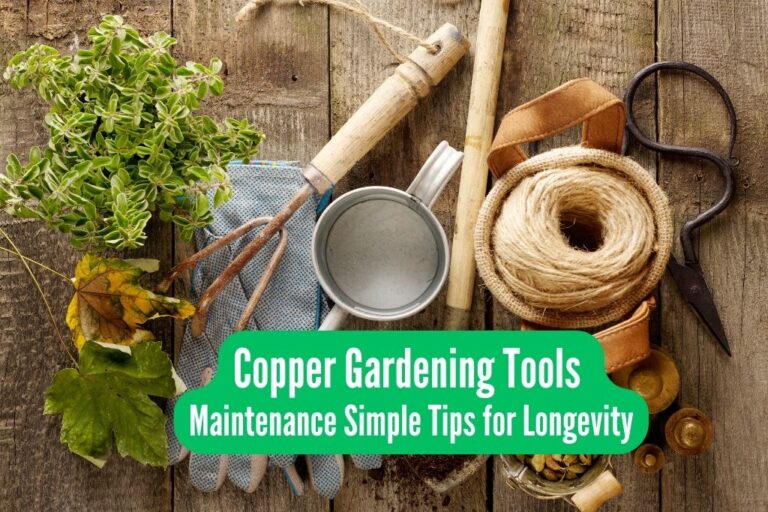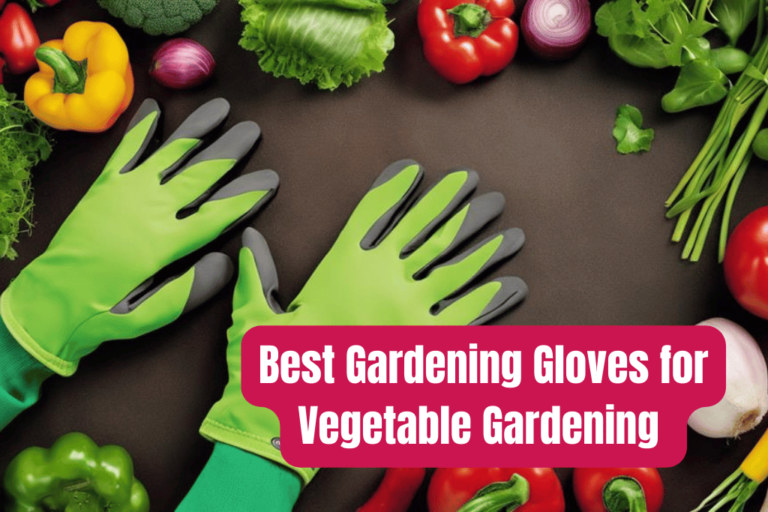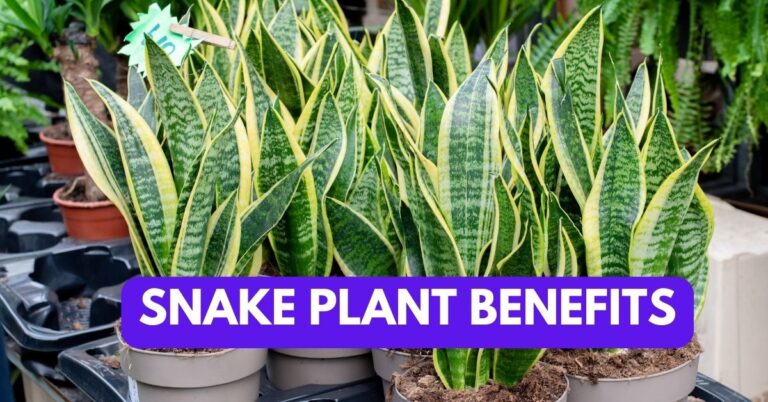Maximizing Your Garden’s Potential A Step-by-Step Pruning Guide for Beginners
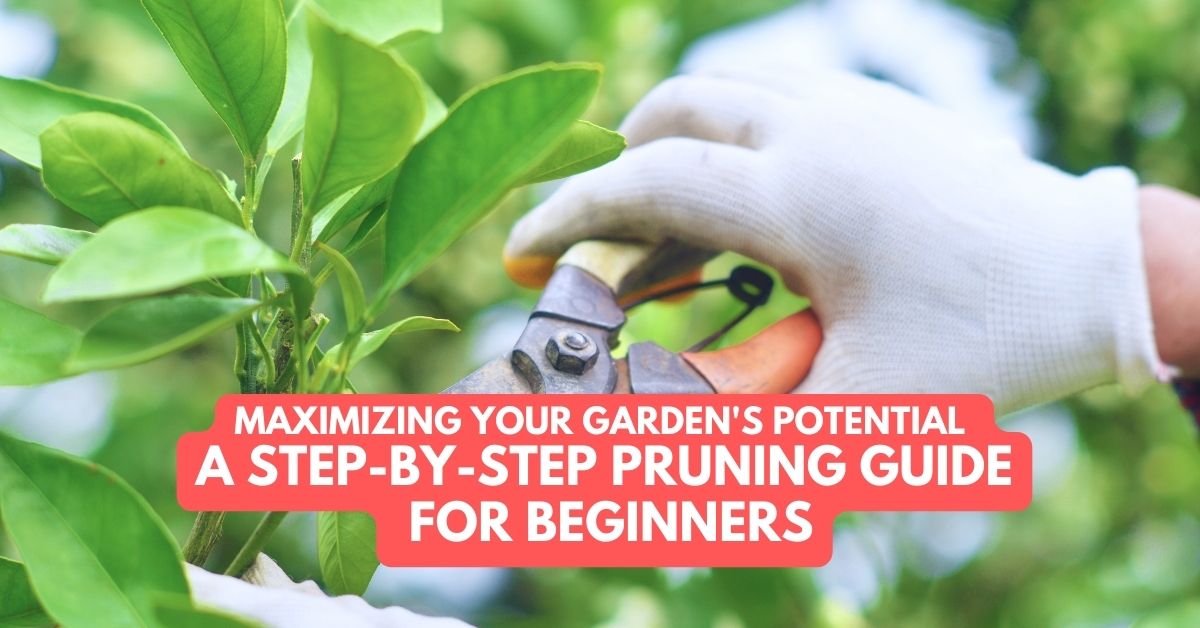
As a beginner gardener, pruning can seem intimidating and overwhelming. However, with the right tools and knowledge, pruning can be an essential part of maintaining a healthy and thriving garden. In this guide, I will walk you through the basics of pruning, including its importance, types of pruning, when to prune, essential tools, and a step-by-step guide to pruning your roses, fruit trees, and shrubs.
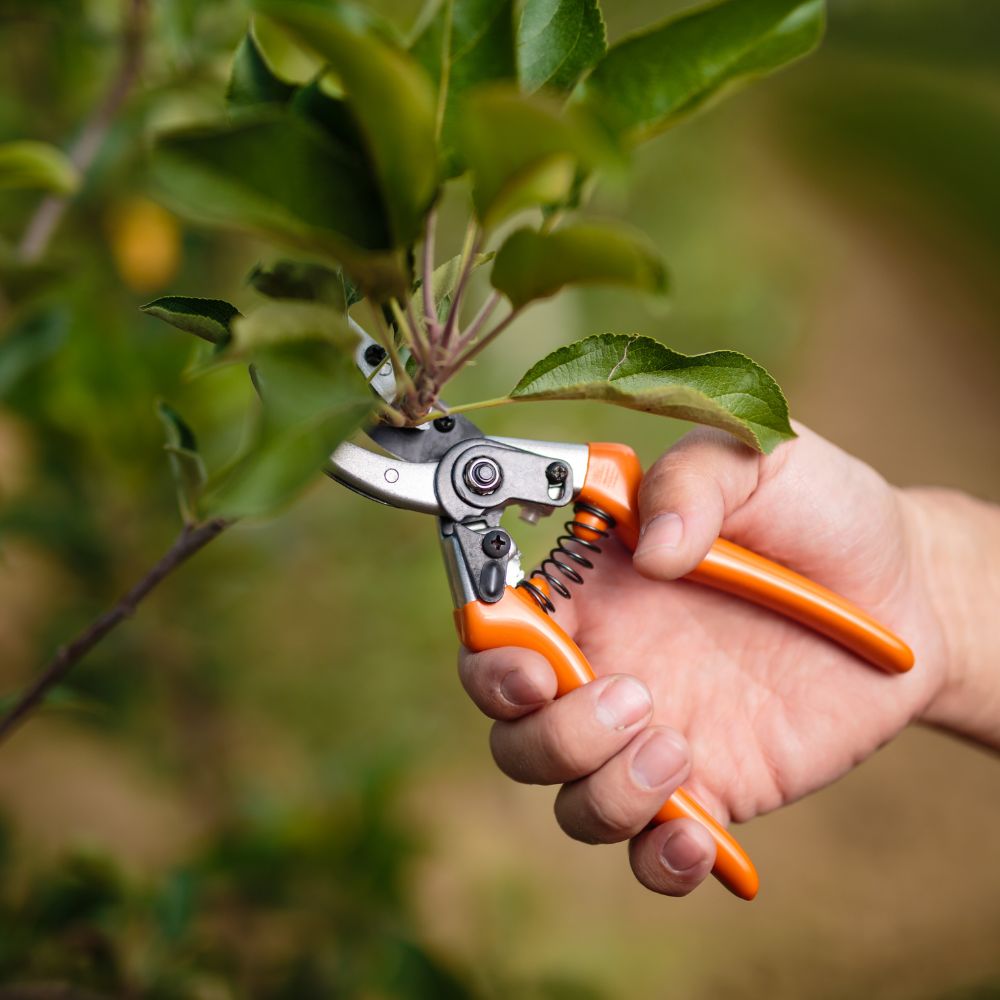
Introduction to Pruning
Pruning is the act of removing parts of a plant, such as stems and branches, to encourage healthy growth and development. It is an essential task for any gardener as it helps to remove dead or damaged parts of a plant, promote air circulation, and control the plant’s size and shape. Pruning also encourages the plant to produce more flowers, fruits, and leaves.
Why is Pruning Important for Your Garden?
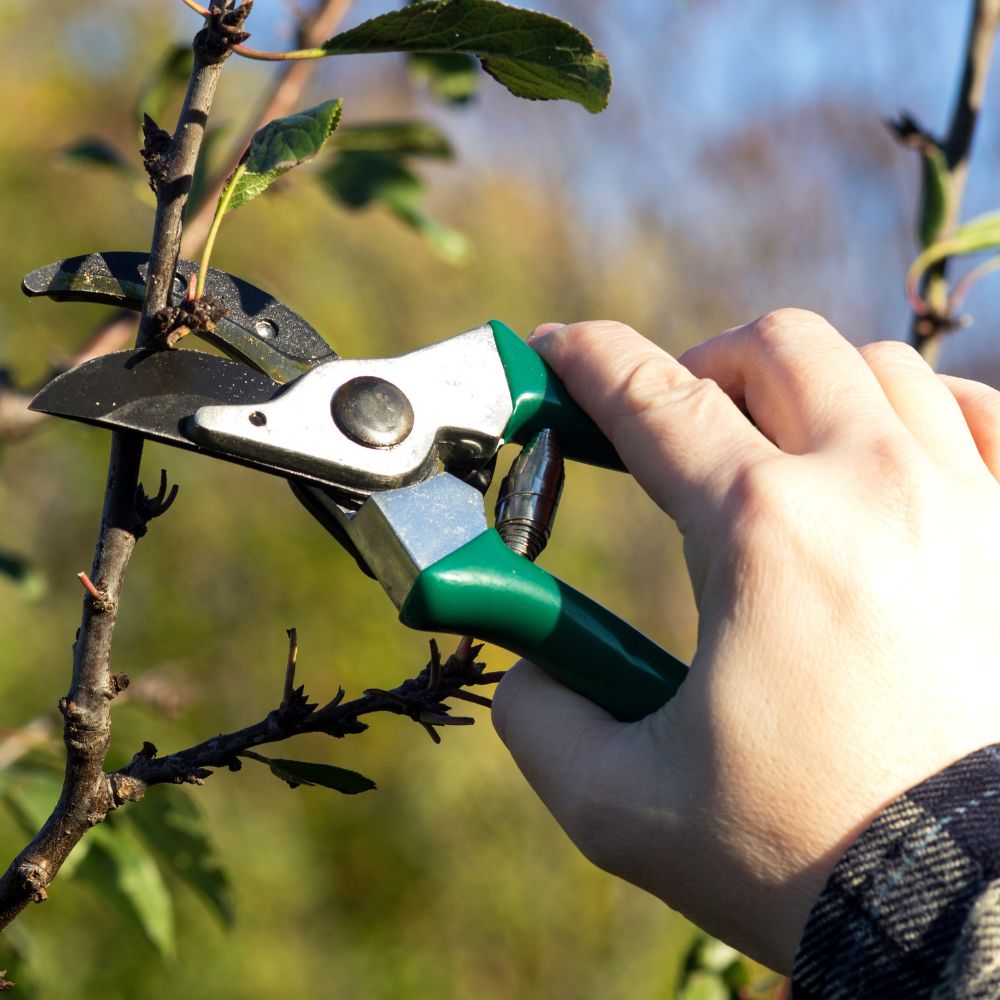
Pruning is essential for maintaining a healthy garden. By removing dead, diseased, or damaged parts of a plant, you prevent the spread of disease and pests. Pruning also helps to promote air circulation and sunlight penetration, which can result in healthier growth and fewer fungal diseases. Additionally, pruning can help control the size and shape of your plants, making them easier to manage and more aesthetically pleasing.
Types of Pruning – Heading, Thinning, and Rejuvenating
There are three primary types of pruning – heading, thinning, and rejuvenating. Heading involves cutting back the tips of stems and branches to encourage new growth. Thinning involves removing entire branches or stems to promote air and light penetration. Rejuvenating involves cutting back the entire plant to stimulate new growth. The type of pruning you need to perform will depend on the type of plant and its growth habits.
When is the Best Time to Prune?
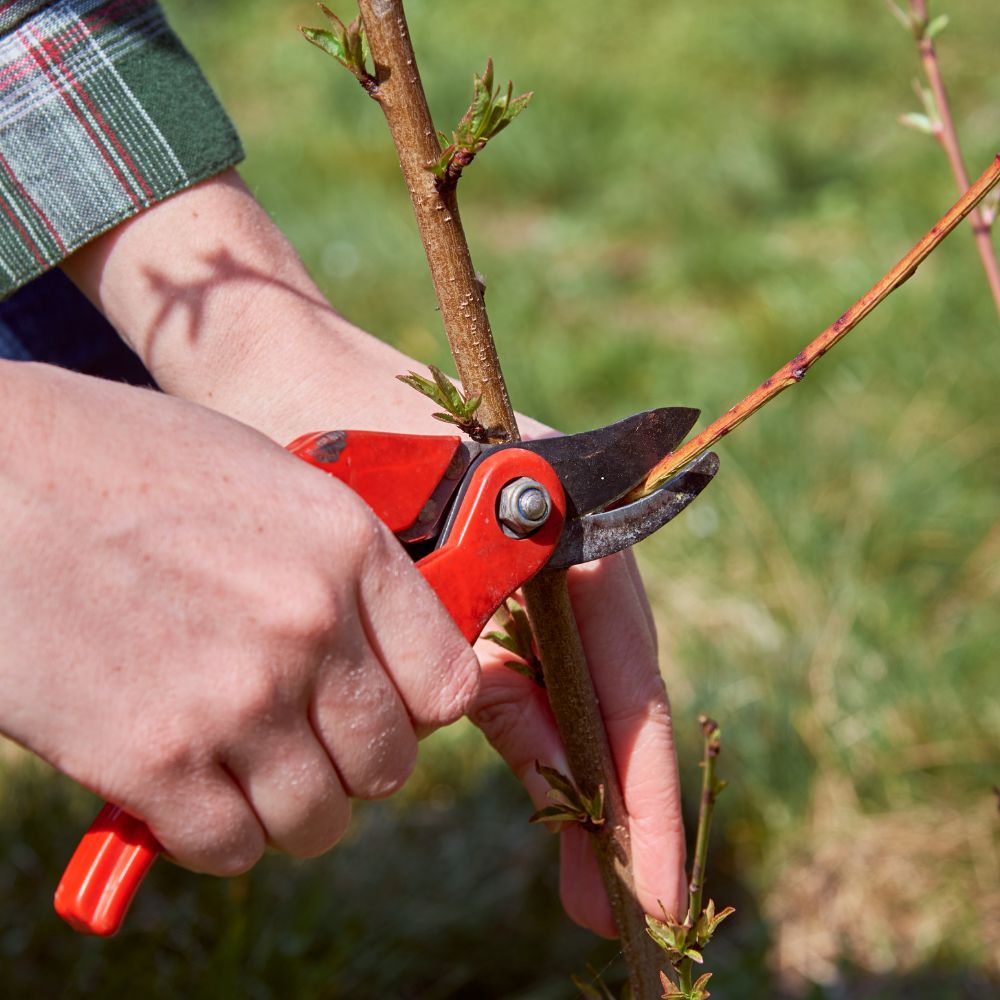
The best time to prune will depend on the type of plant you are working with. In general, it is best to prune your plants during their dormant season or after they have finished flowering. For example, prune your fruit trees in late winter or early spring before the buds start to swell. Roses, on the other hand, should be pruned in late winter or early spring before new growth appears.
Essential Tools for Pruning
Before you start pruning plants, it is essential to have the right tools. A basic pruning toolkit should include pruning shears, loppers, a pruning saw, and gloves. Pruning shears are ideal for cutting small branches and stem, while loppers are better suited for thick branches. A pruning saw is useful for cutting back larger branches, and gloves will protect your hands from thorns and prickly stems.
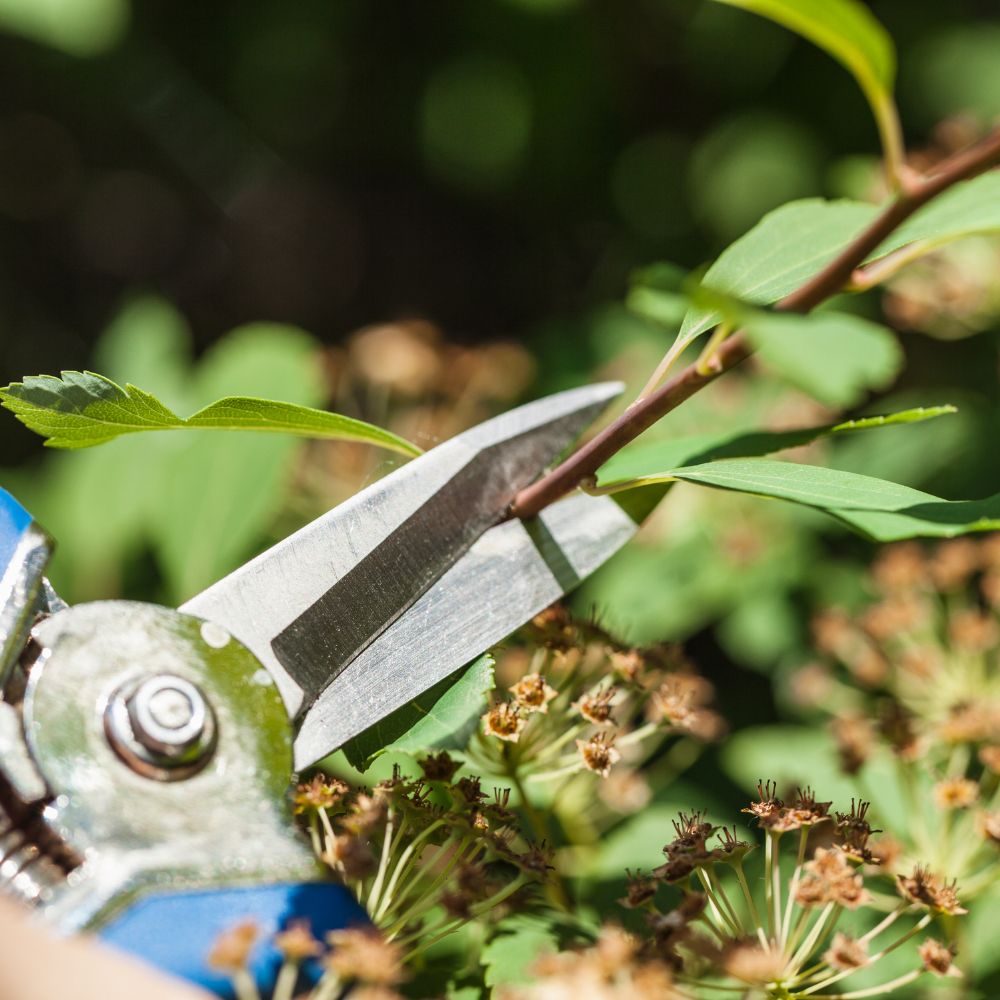
Step-by-Step Guide to Pruning – Including Roses, Fruit Trees, and Shrubs
Pruning Roses
- Start by removing any dead, diseased, or damaged stems.
- Cut back any crossing or rubbing stems to prevent damage.
- Cut back any stems that are thinner than a pencil or older than three years.
- Cut back the remaining stems by one-third to one-half of their length.
Pruning Fruit Trees
- Start by removing any dead, diseased, or damaged branches.
- Identify any branches that are growing vertically or crossing over each other.
- Cut back any branches that are growing vertically, leaving only those growing at a 60-degree angle or less.
- Cut back any crossing branches, leaving only the stronger of the two.
- Cut back the remaining branches by one-third to one-half of their length.
Pruning Shrubs
- Start by removing any dead, diseased, or damaged stems.
- Cut back any crossing or rubbing stems to prevent damage.
- Cut back any stems that are thinner than a pencil or older than three years.
- Cut back the remaining stems by one-third to one-half of their length.
Common Pruning Mistakes to Avoid
One of the most common mistakes beginner gardeners make when pruning is removing too much of the plant. It is essential only to remove the parts of the plant that are dead, diseased, or damaged, and to avoid cutting back more than one-third to one-half of the plant’s length. Another common mistake is not using clean and sharp tools, which can damage the plant and spread disease.
Maintenance After Pruning
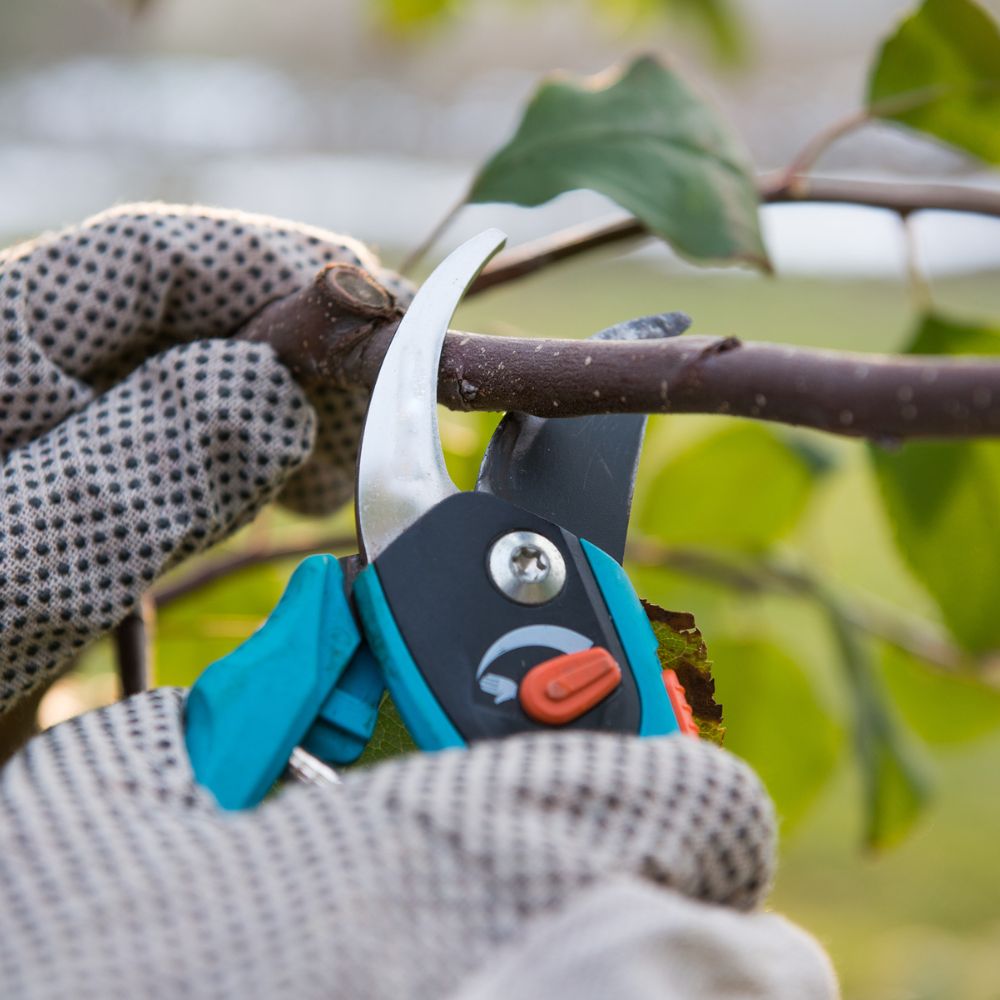
After pruning, it is essential to clean your tools to prevent the spread of disease. You should also water and fertilize your plants to encourage new growth. However, avoid fertilizing immediately after pruning as this can cause the plant to grow too quickly, resulting in weak and spindly growth.
Benefits of Regular Pruning
Regular pruning can have several benefits for your garden. It can promote healthy growth, improve the plant’s shape and appearance, and prevent the spread of disease and pests. Pruning can also encourage the plant to produce more flowers, fruits, and leaves, resulting in a more bountiful harvest.
Conclusion and Final Tips for a Healthy Garden
Pruning may seem intimidating at first, but with the right tools and knowledge, it can be a simple and rewarding task. Remember to only prune the parts of the plant that are dead, diseased, or damaged, and to avoid cutting back more than one-third to one-half of the plant’s length. Regular pruning can promote healthy growth, improve the plant’s shape and appearance, and prevent the spread of disease and pests. With these tips, you will be well on your way to a healthy and thriving garden.
CTA
Now that you know the basics of pruning, it’s time to put your new skills to the test. Take time to assess your garden and identify any plants that need pruning. Remember to use clean and sharp tools and to only remove the parts of the plant that are dead, diseased, or damaged. With regular pruning, your garden will be healthier and more vibrant than ever before.
Content are generated with AI, fact checked by editorial team.
Hi there! My name is Aaron and I am a gardening expert from the United States. I have always had a passion for gardening and have been practicing it for years. I have gained extensive knowledge and experience in gardening.

